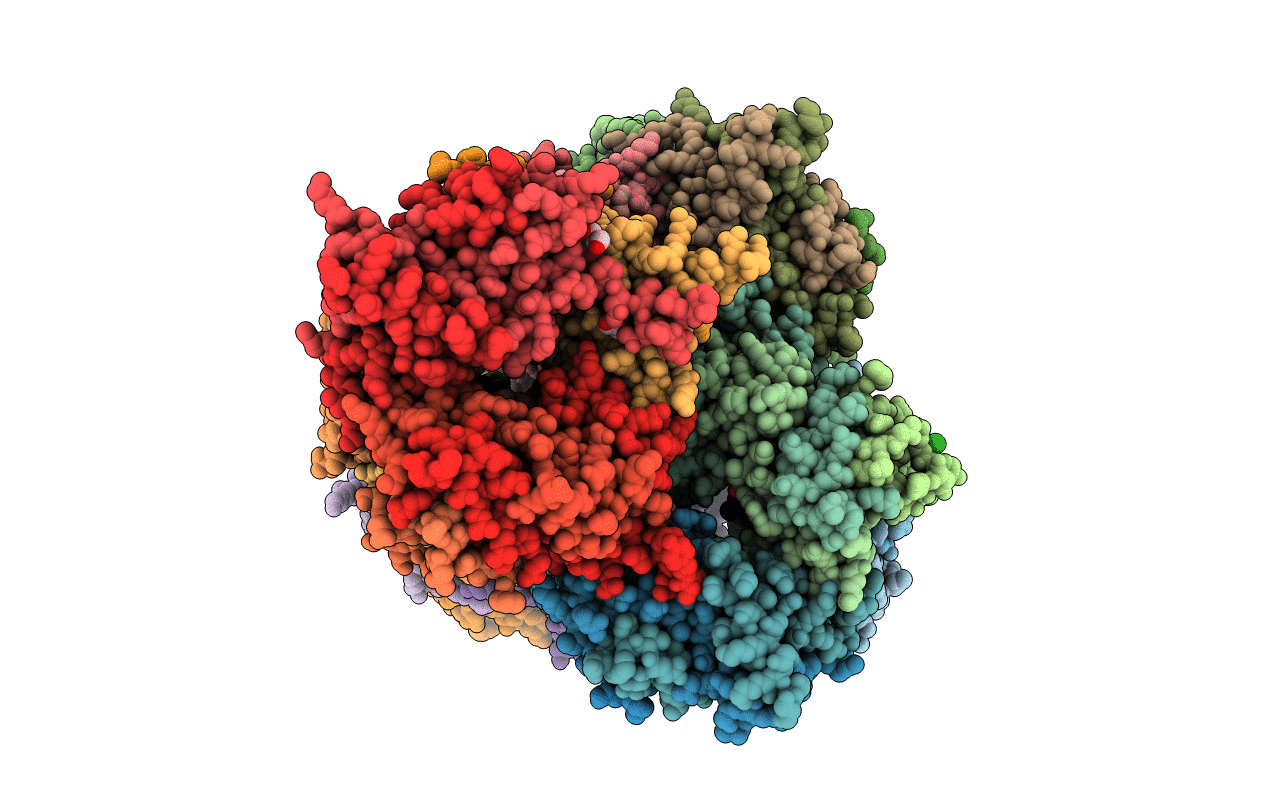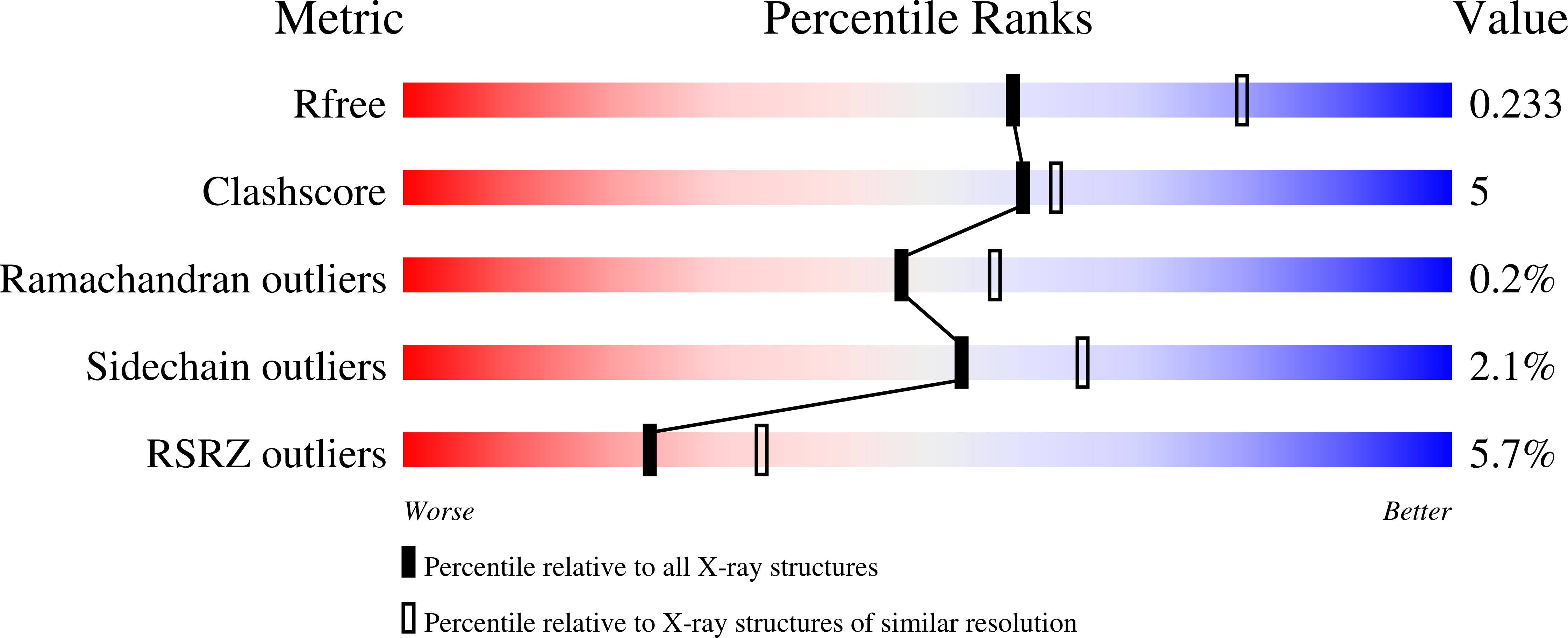
Deposition Date
2020-04-10
Release Date
2021-11-17
Last Version Date
2024-01-24
Entry Detail
PDB ID:
6YN1
Keywords:
Title:
Crystal structure of histone chaperone APLF acidic domain bound to the histone H2A-H2B-H3-H4 octamer
Biological Source:
Source Organism:
Xenopus laevis (Taxon ID: 8355)
Homo sapiens (Taxon ID: 9606)
Homo sapiens (Taxon ID: 9606)
Host Organism:
Method Details:
Experimental Method:
Resolution:
2.35 Å
R-Value Free:
0.23
R-Value Work:
0.17
R-Value Observed:
0.17
Space Group:
P 21 21 21


